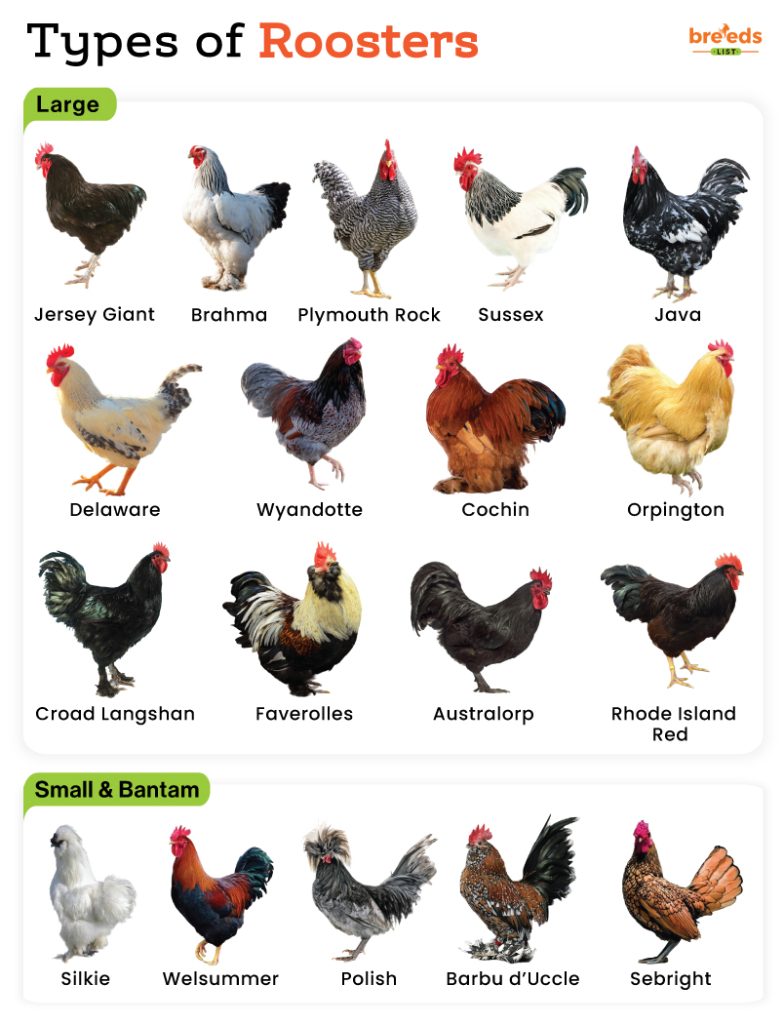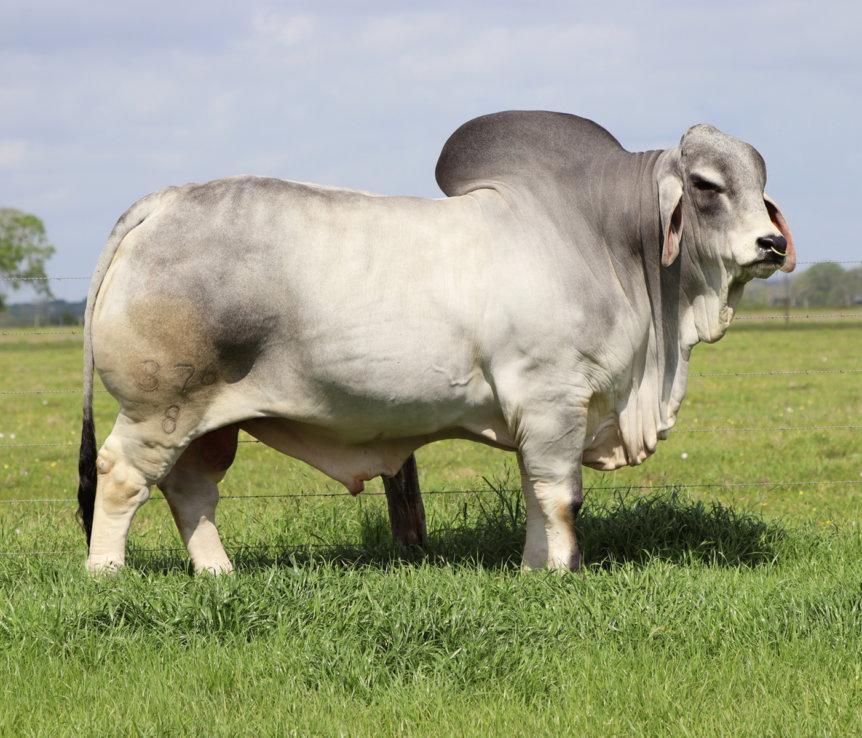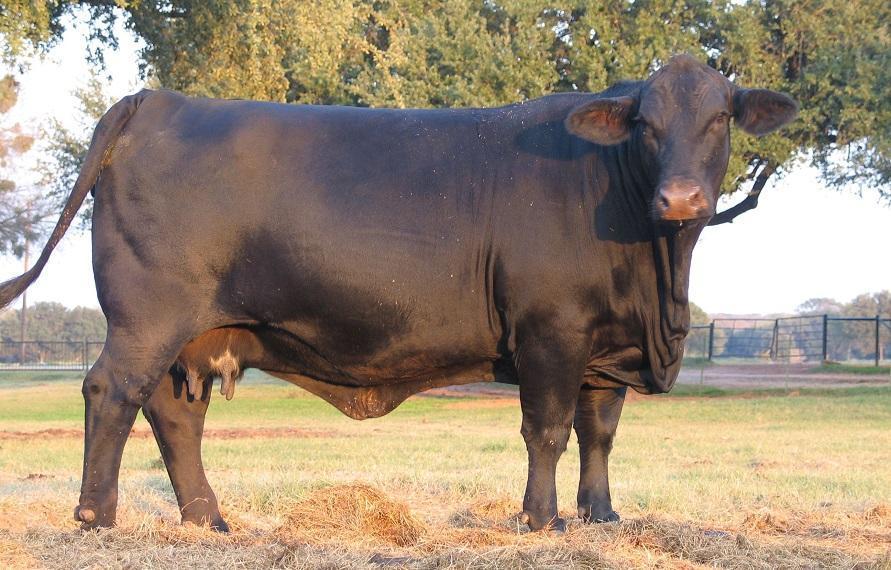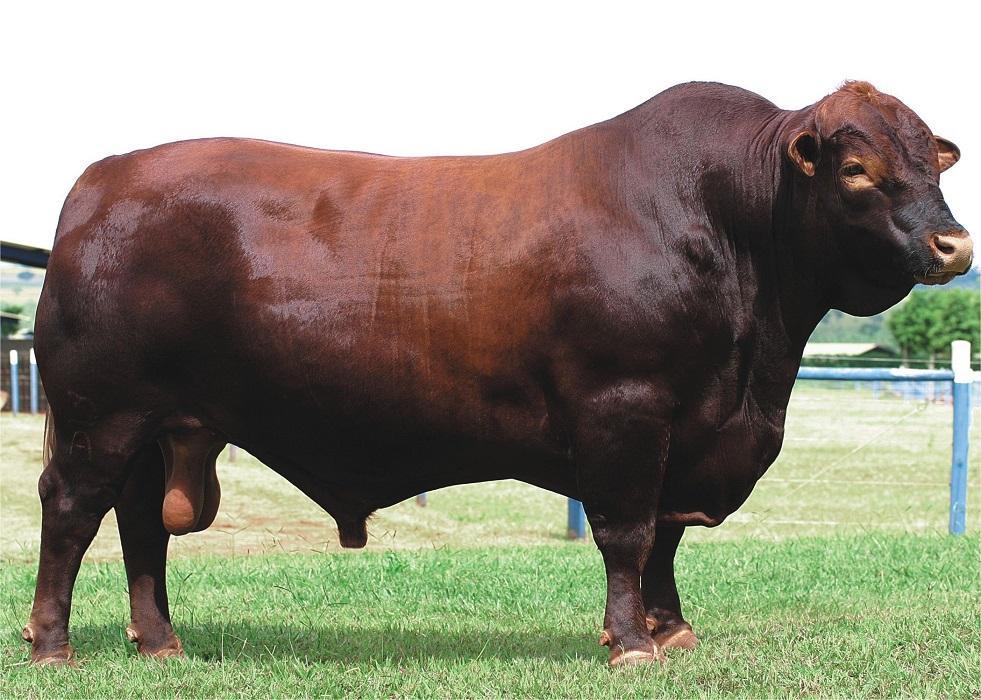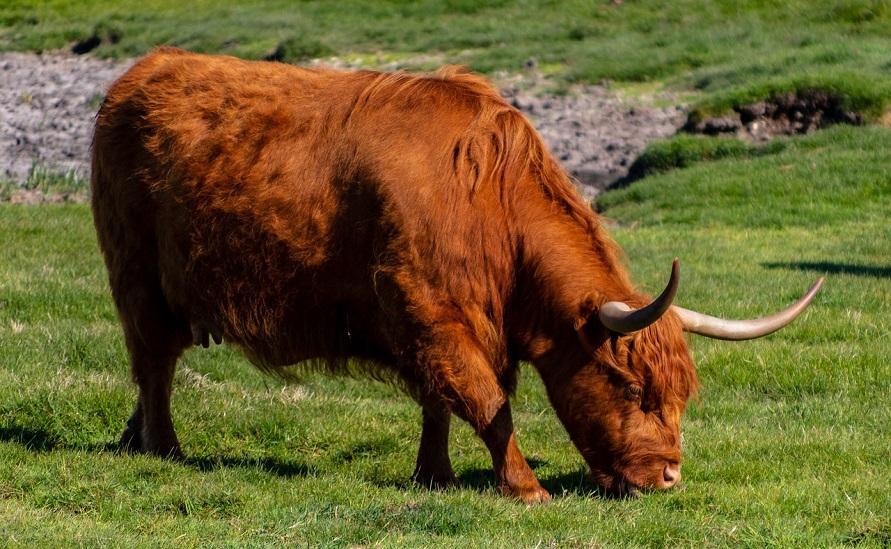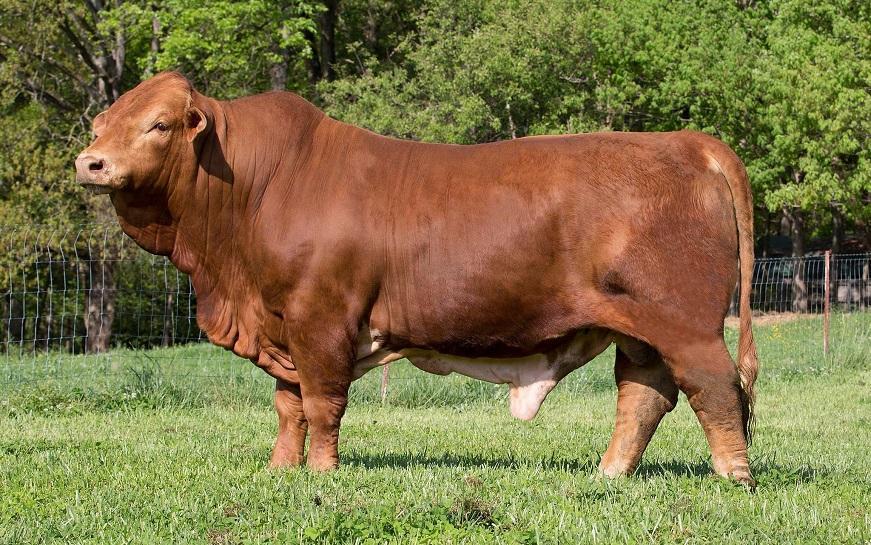Rooster Breeds
A rooster, colloquially referred to as a ‘cock,’ is a male chicken. Typically larger and more colorful than their female counterparts, roosters are known for their vibrant plumage and distinctive calls. The primary purpose of keeping roosters is to fertilize eggs, as their lean flesh makes them less suitable for meat production. However, they have a unique charm that makes them popular for ornamental purposes, while their characteristic crowing at dawn can serve as a natural alarm clock.
Historically, aggressive breeds like the American Game, the Asil, and the Shamo were mainly reared as fighting chickens. They retain their aggressive nature even today, but despite their rather nasty temperament, they are still valued as show birds for their looks. However, this article focuses only on breeds used for farming purposes.
Roles of a Rooster in a Flock
While hens tend to be quieter, provide eggs, and are generally easier to manage, roosters offer several unique advantages.
- Fertilizing Eggs — In poultry farming, roosters play a vital role in egg fertilization, so a few must be kept if the goal is to raise chicks. The ratio of female to male chickens should skew heavily towards females, at an average of 10 hens to 1 rooster. However, roosters are unnecessary for farms focused on egg production, as hens do not need them to produce eggs that remain unfertilized.
- Protecting the Flock — Roosters serve as the guardians of their flock, constantly scanning for dangers like potential predators. Their loud cries warn the flock when a threat is near. Some roosters will even put themselves in harm’s way to protect the group. The Welsummer and the Plymouth Rock are good flock protectors.
- Integrating Newer Hens — When a new hen is introduced to a flock, it is at the bottom of the pecking order compared to the ‘senior’ hens. Roosters fall outside of this hierarchy and can prevent any bullying attempts on the new members.
List of Different Roosters For a Flock
Large Roosters
Though roosters are usually larger than hens, certain chicken breeds are naturally giant in size, regardless of gender. They take longer to mature, yet their size is a strong defense against predators.
| Breed | Size (in lbs.) | Color |
|---|---|---|
| Jersey Giant | 12-13 | Black, Blue, and White |
| Brahma | 11-12 | Light, Buff, and Dark |
| Faverolles | 10-11 | Light, Red, and Speckled |
| Java | 9-10 | Black and Mottled |
| Sussex | 8-9 | Light, Red and Speckled |
| Rhode Island Red | 8-9 | Reddish-black |
| Delaware | 8-9 | White |
| Wyandotte | 8-9 | Black, Blue, Buff, Columbian, Golden-laced, Partridge, Silver-laced, Silver-penciled, and White |
| Cochin | 7-13 | Barred, Black, Blue, Brown, Buff, Golden-laced, Partridge, Silver-laced, and White |
| Orpington | 7-10 | Black, Blue, Buff, and White |
| Croad Langshan | 7-11 | Black, Blue, and White |
| Plymouth Rock | 7-9 | Light, Red, and Speckled |
| Australorp | 7-9 | Black |
Small and Bantam Roosters
Thanks to their size, these roosters are ideal for small spaces. They generally require less feed, which can be cost-effective for backyard poultry enthusiasts.
| Breed | Size (in lbs.) | Color |
|---|---|---|
| Welsummer | 6-7 | Red-partridge |
| Polish | 5-6 | Gold, Silver, White, and White-crested Black |
| Silkie* | 2-3 | White, Black, Blue, Buff, Lavender, Paint, Partridge, Porcelain, and Splash |
| Barbu d’Uccle* | 1.6-1.7 | Black, White, Millefleur, Mottled, Golden Neck, Porcelain, and Self-blue |
| Sebright* | 1.3-1.4 | Gold and Silver |
Note: Though this list only includes naturally small and true bantam breeds, nearly all of the large breeds mentioned in the first list have bantam variations as well.
FAQs
Silkies, Faverolles, and Cochins are usually gentle and docile and are friendly towards their caretakers.
Generally, no rooster is quiet as they will crow during dawn and dusk at the least. Still, Orpingtons and Cochins are known to be relatively quiet, but this does not apply to every individual chicken of these breeds.
Most roosters start to mate at around 4-6 years of age.
If a rooster is physically capable, it will mate with any hen to produce fertilized eggs. However, the size difference between the two must be minimal to prevent potential harm to either bird.

